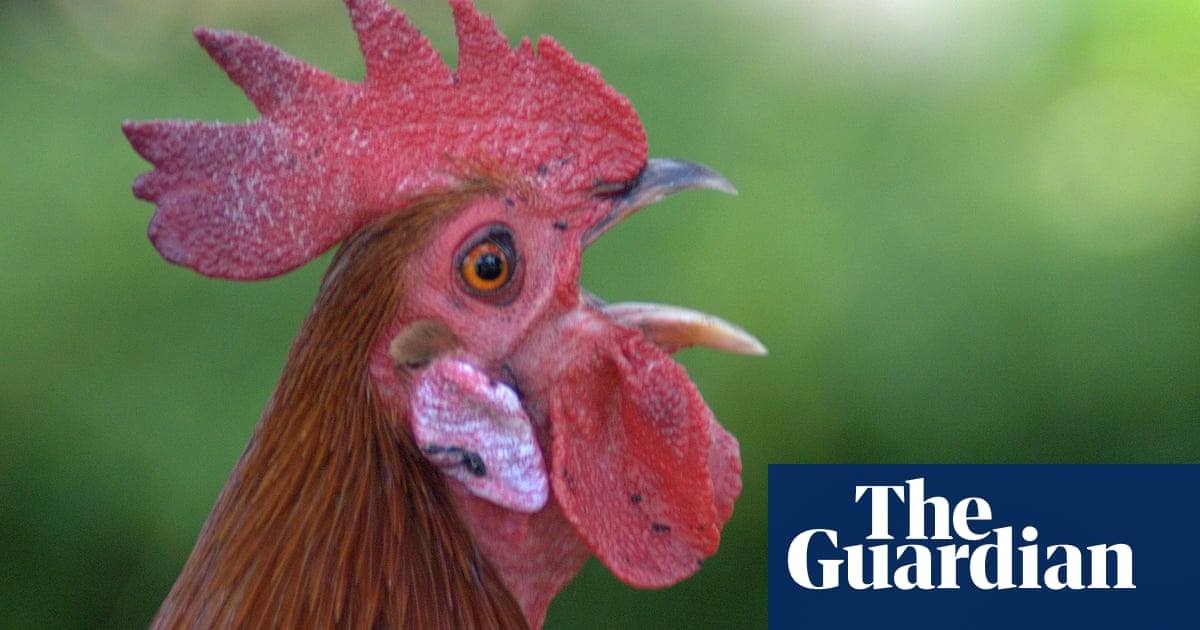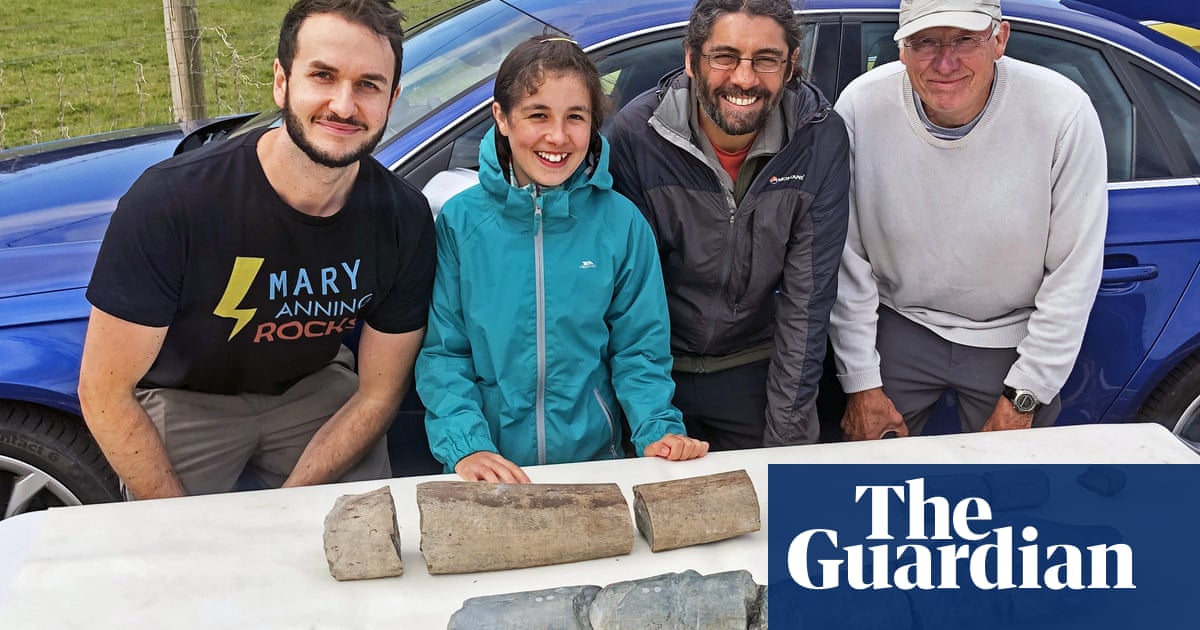
A group of fossils previously thought to be of marine creatures may not be as ancient as first thought and could actually be of a type of seaweed, a study has found.
Researchers say the potential of evolution to throw up novel body plans among animals did not end with the Cambrian explosion more than 500m years ago. During the Cambrian period, which began about 540m years ago, there was a huge burst in the diversity of life on Earth, with the body plans that help to define different major animal groups – such as the shells of molluscs and jointed skeletons of arthropods – cropping upabout 520m years ago.
Now it seems that at least one group of animals – tiny underwater creatures called bryozoans – may have had a belated dawn.
“What the later origin of the bryozoans suggests is that actually evolution keeps this sort of creative potential,” said Dr Martin Smith, of Durham University, who is a co-author of the research, published in the journal Nature. “We’re not looking at a one-off event that stops, we’re looking at something that can continue and recur through time.”
In 2021, experts said they had found a convincing bryozoan fossil from the Cambrian period, of a species called Protomelission gatehousei. That discovery, also published in Nature, suggested that bryozoans were not an oddity that cropped up later in time, as had previously been thought, but arose during the Cambrian explosion like most other animal groups.
But that conclusion has been called into question by Smith and colleagues after research into fossils newly unearthed in Xiaoshiba, China, apparently of the same organism.
“If you want to say there was a bryozoan in the Cambrian, you’ve got to be able to rule out all of the other possibilities,” Smith said. “Before our study, there were no real alternative interpretations in contention. But now we’ve shown that green algae, unexpectedly, can do a very good bryozoan impression, any future bryozoan candidate will have to prove itself not to be a seaweed.”
Bryozoans are millimetre-sized aquatic invertebrates that group together to form colonies. The individual organisms, called zooids, typically have tentacles for feeding that poke out through an opening in their tube-shaped exoskeletons. When the zooids clump together in a colony, these openings create a surface of regular apertures resembling a cheese grater.
Crucially, said Smith, unlike earlier fossils of Protomelission gatehousei, the newly unearthed specimens contain preserved soft tissues. As a result, the team expected to see signs of tentacles. Instead they found tiny triangular projections, or flanges. “You can think of them like leaves or spines of a cactus,” Smith said.
In addition, the team did not find a “cheese grater” surface with regular holes, as would be expected of a bryozoan colony. Instead, there were irregular pits that appeared to be where lumps on the surface had been worn away.
The researchers say their findings suggest Protomelission gatehousei was not a bryozoan but a type of green algae, meaning the oldest confirmed bryozoans now date to 480m years ago – after the Cambrian explosion.
Dr Paul Taylor, of the Natural History Museum in London, who was a co-author of the earlier research suggesting Protomelission gatehousei is a bryozoan, said it was not certain that the new fossils were of the same species. He said that even if they were, the lack of tentacles was not surprising as this soft tissue was rarely preserved.
Another key conundrum – a lack of regular apertures in the Xiaoshiba fossils – could be explained, Taylor said, if Protomelission gatehousei had sported a soft exoskeleton rather than a hard one, and this had not become mineralised as it had in the previously described specimens due to the different fossilisation processes at play.
Ultimately, Taylor said, more fossils will be needed to settle the question. “The arguments presented are, in my opinion, insufficient to dismiss Protomelission as a Cambrian bryozoan, but they do underline the inherent uncertainty in identifying fossils like these with simple morphologies,” he said.












